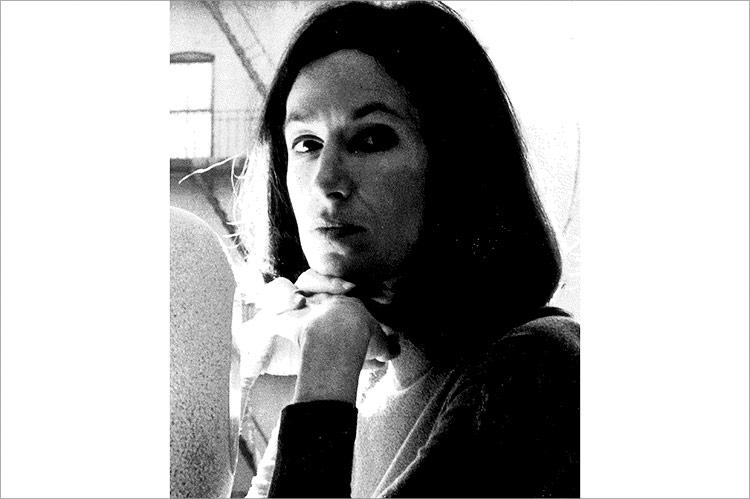Ronnie Chalif, a two-time Best in Show award winner at Guild Hall’s annual artist-members exhibition and a longtime resident of East Hampton and Water Mill, died of respiratory failure on Sept. 7 at her home in Manhattan. For many years, Mrs. Chalif had lived with a number of medical problems, including peripheral neuropathy and chronic obstructive pulmonary disease, “without complaint, anger, or loss of spirit,” her husband of 65 years, Seymour (Sy) Chalif, said. She was 86.
Mrs. Chalif was a sculptor, until illness made it impossible. Her stone sculptures are in the permanent collections of Guild Hall in East Hampton, the Judith Leiber Museum in Springs, East End Hospice’s Kanas Center in Quiogue, and numerous corporate and private collections. One of her works was displayed in the office of the chief architect of the World Trade Center; it was lost on 9/11.
Born in Manhattan on April 14, 1933, to Ruth London and Norman Stern, Mrs. Chalif grew up there and graduated with honors from the Parsons School of Design, going on to earn a degree in art education from New York University.
“I reluctantly went to a house party in Great Neck in March 1953,” Mr. Chalif wrote, “and saw Ronnie sitting across the room and immediately fell in love.” They were married on June 13, 1954.
Their first house here, on Terbell Lane in East Hampton Village, was an architectural sensation, featured in 1963 in The New York Times Magazine and elsewhere as an example of “the second-home trend.” It was designed, with Mrs. Chalif’s enthusiastic input, by Julian and Barbara Neski, as two halves of a saltbox joined together at right angles. “Because of her design skill and experience in the use of tools, she gained the trust and confidence of architects, contractors, and workmen, who recognized her as more than an owner, but as an active and contributing partner in their work,” her husband wrote.
The Chalif house was demolished long ago, but lives on in books, including the definitive “East Hampton’s Heritage.”
Mrs. Chalif, who was a painter at first, won Guild Hall’s artist-members Best in Show award in 1967 for a black-and- white painting. She then turned to sculpting in stone, working from her Terbell Lane studio, and in 1983 won Best in Show again.
Arlene Bujese, her longtime gallerist, said it was “hard to separate her art from her person, she was so multifaceted. She had warmth, wit, talent, and artistic integrity. She wouldn’t settle for less.”
In the early ’90s, Mrs. Chalif was diagnosed with neuropathy, which in time put a stop to her use of the hammer and chisel. Unable to work in stone but unwilling to abandon her creative drive, she took up goldsmithing and created a wide range of jewelry that was shown and sold in galleries here and in New York.
Those were the years of Glasnost, after the Cold War ended. Mrs. Chalif, who had joined the board of an American-Russian women’s friendship organization, traveled to Russia several times to teach women the art of goldsmithing, and she encouraged her students to sell their work. To their amazement, they were allowed to keep the proceeds.
In 1996, she co-founded the Neuropathy Association, now a nationwide non-profit that helps people with disorders affecting the peripheral nervous system. She was its president from 2005 to 2009. “The extreme pain of neuropathy continued for the rest of her life, but did not lessen her positive spirit or the joy of living,” Mr. Chalif wrote.
In addition to her husband, Mrs. Chalif is survived by two sons, John Chalif of Palm Beach Gardens, Fla., and Peter Chalif of Llewellyn Park, N.J., and two grandchildren. A daughter, Sarah Elizabeth Chalif, died in 1962. Her only sibling, Dr. Daniel Stern, died in 2012.
Dr. Kaia Stern, a niece, led a morning service on Sept. 9 at the Frank E. Campbell Funeral Chapel in Manhattan. Burial followed at Cedar Lawn Cemetery in East Hampton.

